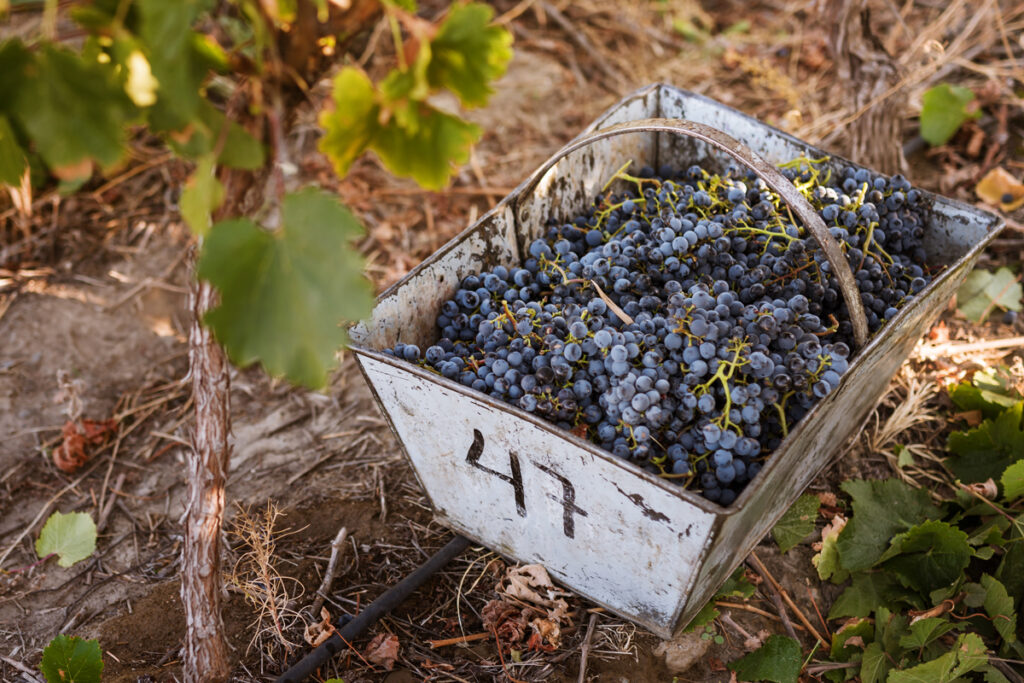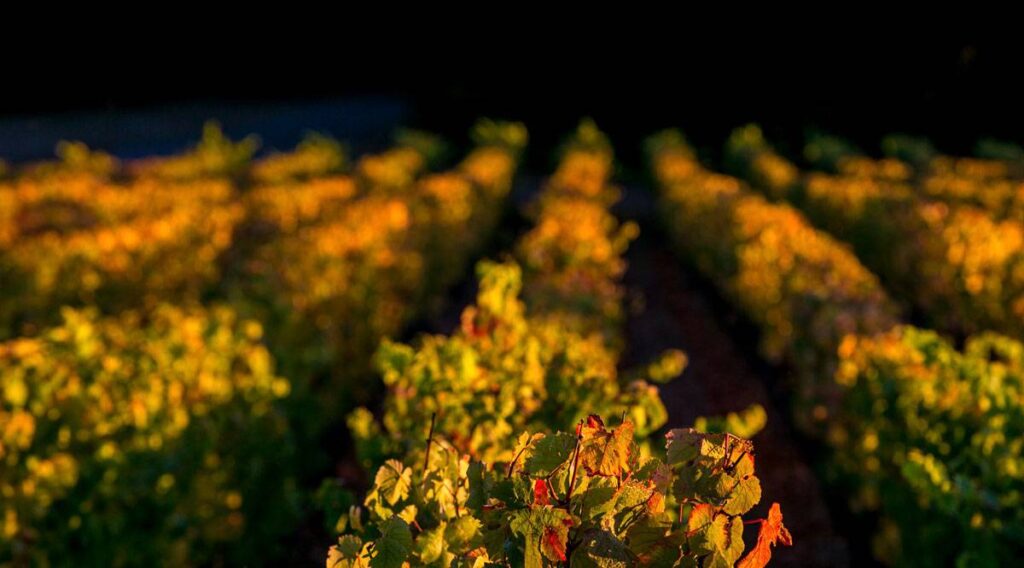Grape Ripening: Process and Quality

The summer is following its course and the vineyards are undergoing the usual changes, some of which are really striking. The berries keep growing and, as the temperature and sunshine hours increase, full ripeness is getting closer and closer.
It is such a pleasure to witness the transformations of Nature, especially when they are so attractive. This is the onset of a phenomenon known as veraison. It entails the gradual change in grape skin color as the berries start ripening. Red grape clusters transition from green into the usual black, purple and Bordeaux colors while the white grape varieties turn deep green or even gold. In all cases, as the grapes grow in size, the skin becomes thinner and more transparent and will develop a natural protection in the form of a waxy coating that resembles white dust, aka bloom.
It is worth noting that the color pigments, aromatic compounds and astringency that will later be appreciated in the wine lie in the skin of the grapes. Most of the red grape varieties have colorless pulp and it is their skin which will lend the final wine amazing ruby red, purple and blackish tinges after a contact period known as skin maceration.
Veraison may take anywhere from one to two weeks. It is quite common during this time to find red grape bunches with green berries along with those which already look mature. Veraison may unfold in different ways and even occur earlier or later in the season depending on grape variety. Merlot, for instance, develops quite unevenly during this period; this is why only 80% is harvested upon optimal ripeness and the rest is discarded.
During veraison, cluster thinning is a common practice. The vines are left with those bunches that are well located, display mid-vigor and have begun to ripen. All others are stripped off so that tannins and other polyphenols are concentrated in fewer berries.
As a prelude to what is coming, the varieties that will be allocated to sparkling winemaking are ready to be picked this month. Such is the case of Chenin, a greenish yellow grape with golden hues that produces adequate levels of acidity, thus providing the freshness expected of a base wine.
The summer is about to fully ripen and so are the berries. The vines have unveiled plenty of colors and promises that will soon come true, exactly when the harvest activities are in full swing amidst a mood of joy and good vibes.


